Two-Shaft Gas Turbine
Categories: Automation TechnologiesDescription A self-contained, fully instrumented, educational two shaft gas turbine. Powered by kerosene, the experimental abilities of this high-quality apparatus enable comprehensive practical...
Product
Description
Description
A self-contained, fully
instrumented, educational two shaft gas turbine. Powered by kerosene, the
experimental abilities of this high-quality apparatus enable comprehensive
practical investigations into the principles, and performance of two-shaft gas
turbines. This product helps students to understand the use of this ‘engine’
with a secondary power turbine, on practical applications such as helicopters
or electrical power generators. A steel frame holds a gas generator, power
turbine, combustion chamber, oil and fuel tanks, pumps, ancillaries and guards.
Above these is an instrumentation and control panel with schematic diagram. The
clearly labelled control panel with mimic diagram includes the instrument
displays, controls and warning lights. Air passes through a calibrated nozzle
and air box, into a compressor, then into the combustion chamber. A pump
transfers fuel from the fuel tank to spray through a special nozzle into the
combustion chamber. A high energy spark ignites the air and fuel mixture, that
flows to a gas generator turbine. The combustion chamber gives excellent
combustion, low pressure loss and good flame stability over a wide range of
conditions. A fuel flow control valve on the instrumentation and control panel
regulates the turbine speed. This design reduces the possibility of overspeed.
Hot gas from the gas generator turbine passes through a short duct to the power
turbine. The short duct reduces heat losses to atmosphere. The exhaust gases
then discharge to a suitable exhaust system. The power turbine couples direct
to an eddy current dynamometer, so there are no belts to adjust. A load cell on
the dynamometer measures torque and a sensor measures the dynamometer speed, to
allow calculation of true shaft power. A control on the instrumentation and
control panel adjusts the load of the dynamometer (and therefore speed of the
power turbine). The equipment has an oiling system including filters and
water-cooled oil. A PLC (programmable logic controller) controls the turbine
start up and shut down. For protection of the equipment and user, it shuts down
the turbines if the user makes an error. It also switches on cooling fans after
running. Digital and analogue indicators show all the important readings from
the sensors around the equipment, such as pressures, temperatures, fuel fl ow
and level. This equipment connects to your computer (computer not supplied) and
includes specialist, user-friendly data acquisition software. This allows
students to display, graph and analyse all relevant variables, and save their
results for later analysis. Supplied on a CD-ROM, the data acquisition system
includes a connection cable. we supply a detailed textbook with the equipment.
The textbook covers the theory and use of gas turbines.
Learning Outcomes
Turbine tests to find key
performance information such as:
Specific fuel consumption
Pressure losses and ratios
Thermal, isentropic and mechanical
efficiencies
Work and power
Specifications
ATICO is committed to a programme
of continuous improvement; hence we reserve the right to alter the design and
product specifi cation without prior notice.
Nett dimensions and weight: 1385
mm (width) x 825 mm (depth) x 1721 mm (height) and
360 kg (with no fuel or oil)
Approximate packed dimensions and
weight: 4.12 m3 and 460 kg
Fuel:
High-quality aviation kerosene:
ASTM D 1655 Jet A or similar
Lubricating oil: 10W-40 multigrade
turbo diesel oil
Gas generator turbine:
Maximum continuous speed:
Approximately 90000 rev.min–1
Power turbine (and dynamometer):
Maximum continuous speed: 40 000
rev.min–1
Instruments:
• Shaft speeds
• Pressures
• Temperatures
• Torque
• Fuel flow, level and pressure
• Oil temperature and pressure
• Dynamometer brake load
• Total hours run
Automatic shut down conditions:
• Ignition failure
• Incorrect turbine speeds
• Oil pressure failure
• Water supply failure
• Incorrect temperatures
Exhaust emissions (typical):
• Carbon dioxide (CO2): 1.8 – 2.9%
• Carbon monoxide, (CO): 240 – 900
ppm
• Nitric oxide, (NO): 11 – 26 ppm
• Nitrogen dioxide, (NO2): 0 – 1
ppm
• Combination of NO and NO2,
(NOX): 12 – 26 ppm
• Sulphur dioxide, (SO2): 5 – 6
ppm
Operating Conditions
Operating Enviroment:
Dry and well-ventilated engine
test laboratories
Storage Temprature Range :
–25°C to +55°C (when packed for
transport)
Operating Temprature range:
+5°C to +35vC
Note: The fl ash point of kerosene
can be as low as 37°C, so keep your working environment below 35°C.
Operating relative humidity range:
30% to 95% (non-condensing)
quick overview :
Description
A self-contained, fully
instrumented, educational two shaft gas turbine. Powered by kerosene, the
experimental abilities of this high-quality apparatus enable comprehensive
practical investigations into the principles, and performance of two-shaft gas
turbines. This product helps students to understand the use of this ‘engine’
with a secondary power turbine, on practical applications such as helicopters
or electrical power generators. A steel frame holds a gas generator, power
turbine, combustion chamber, oil and fuel tanks, pumps, ancillaries and guards.
Above these is an instrumentation and control panel with schematic diagram. The
clearly labelled control panel with mimic diagram includes the instrument
displays, controls and warning lights. Air passes through a calibrated nozzle
and air box, into a compressor, then into the combustion chamber. A pump
transfers fuel from the fuel tank to spray through a special nozzle into the
combustion chamber. A high energy spark ignites the air and fuel mixture, that
flows to a gas generator turbine. The combustion chamber gives excellent
combustion, low pressure loss and good flame stability over a wide range of
conditions. A fuel flow control valve on the instrumentation and control panel
regulates the turbine speed. This design reduces the possibility of overspeed.
Hot gas from the gas generator turbine passes through a short duct to the power
turbine. The short duct reduces heat losses to atmosphere. The exhaust gases
then discharge to a suitable exhaust system. The power turbine couples direct
to an eddy current dynamometer, so there are no belts to adjust. A load cell on
the dynamometer measures torque and a sensor measures the dynamometer speed, to
allow calculation of true shaft power. A control on the instrumentation and
control panel adjusts the load of the dynamometer (and therefore speed of the
power turbine). The equipment has an oiling system including filters and
water-cooled oil. A PLC (programmable logic controller) controls the turbine
start up and shut down. For protection of the equipment and user, it shuts down
the turbines if the user makes an error. It also switches on cooling fans after
running. Digital and analogue indicators show all the important readings from
the sensors around the equipment, such as pressures, temperatures, fuel fl ow
and level. This equipment connects to your computer (computer not supplied) and
includes specialist, user-friendly data acquisition software. This allows
students to display, graph and analyse all relevant variables, and save their
results for later analysis. Supplied on a CD-ROM, the data acquisition system
includes a connection cable. we supply a detailed textbook with the equipment.
The textbook covers the theory and use of gas turbines.
Learning Outcomes
Turbine tests to find key
performance information such as:
Specific fuel consumption
Pressure losses and ratios
Thermal, isentropic and mechanical
efficiencies
Work and power
Specifications
ATICO is committed to a programme
of continuous improvement; hence we reserve the right to alter the design and
product specifi cation without prior notice.
Nett dimensions and weight: 1385
mm (width) x 825 mm (depth) x 1721 mm (height) and
360 kg (with no fuel or oil)
Approximate packed dimensions and
weight: 4.12 m3 and 460 kg
Fuel:
High-quality aviation kerosene:
ASTM D 1655 Jet A or similar
Lubricating oil: 10W-40 multigrade
turbo diesel oil
Gas generator turbine:
Maximum continuous speed:
Approximately 90000 rev.min–1
Power turbine (and dynamometer):
Maximum continuous speed: 40 000
rev.min–1
Instruments:
• Shaft speeds
• Pressures
• Temperatures
• Torque
• Fuel flow, level and pressure
• Oil temperature and pressure
• Dynamometer brake load
• Total hours run
Automatic shut down conditions:
• Ignition failure
• Incorrect turbine speeds
• Oil pressure failure
• Water supply failure
• Incorrect temperatures
Exhaust emissions (typical):
• Carbon dioxide (CO2): 1.8 – 2.9%
• Carbon monoxide, (CO): 240 – 900
ppm
• Nitric oxide, (NO): 11 – 26 ppm
• Nitrogen dioxide, (NO2): 0 – 1
ppm
• Combination of NO and NO2,
(NOX): 12 – 26 ppm
• Sulphur dioxide, (SO2): 5 – 6
ppm
Operating Conditions
Operating Enviroment:
Dry and well-ventilated engine
test laboratories
Storage Temprature Range :
–25°C to +55°C (when packed for
transport)
Operating Temprature range:
+5°C to +35vC
Note: The fl ash point of kerosene
can be as low as 37°C, so keep your working environment below 35°C.
Operating relative humidity range:
30% to 95% (non-condensing)
Product
Reviews
add Review
reviews
No Review Yet.
Copyrights © 2025 All Rights Reserved by Atico

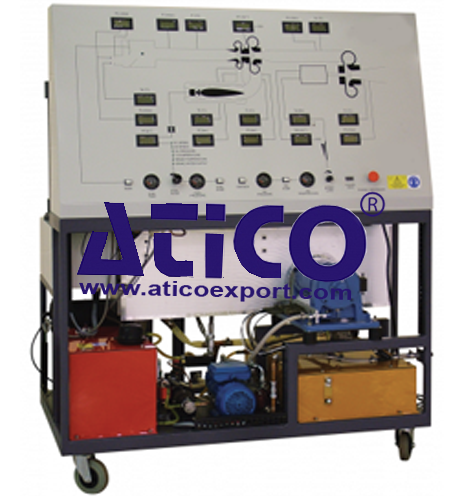




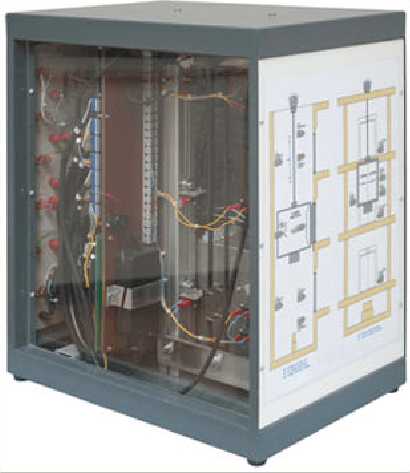
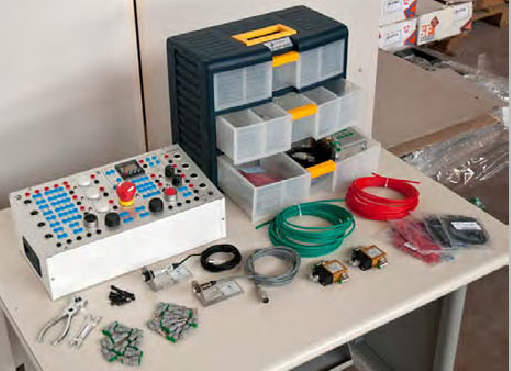
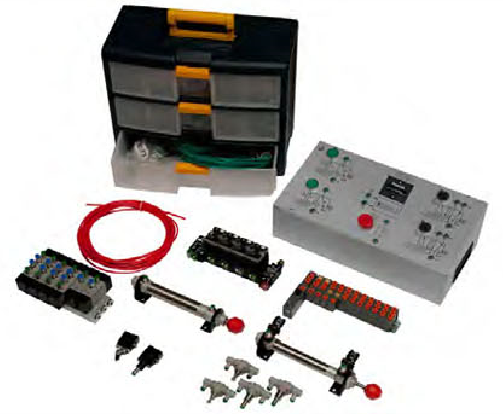

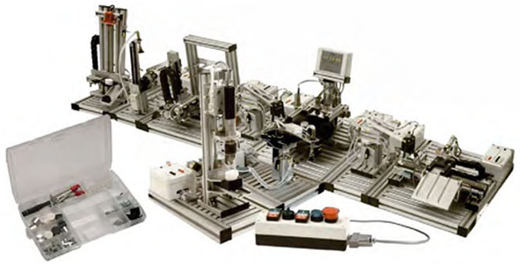
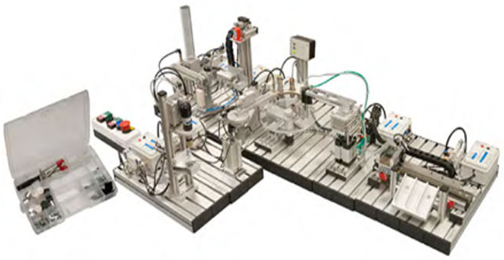
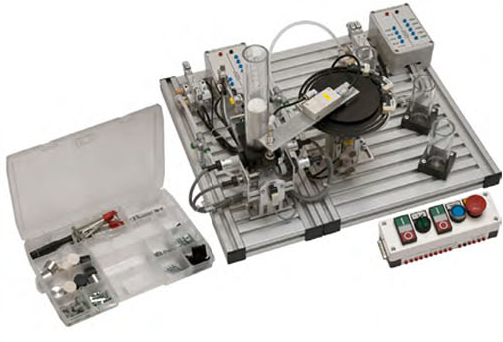
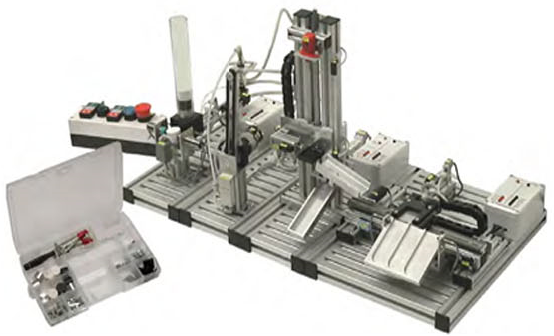
Product
Reviews
add Review
reviews
No Review Yet.